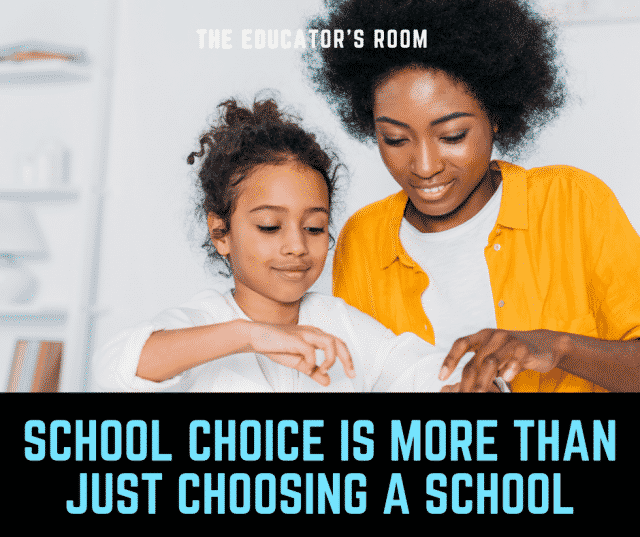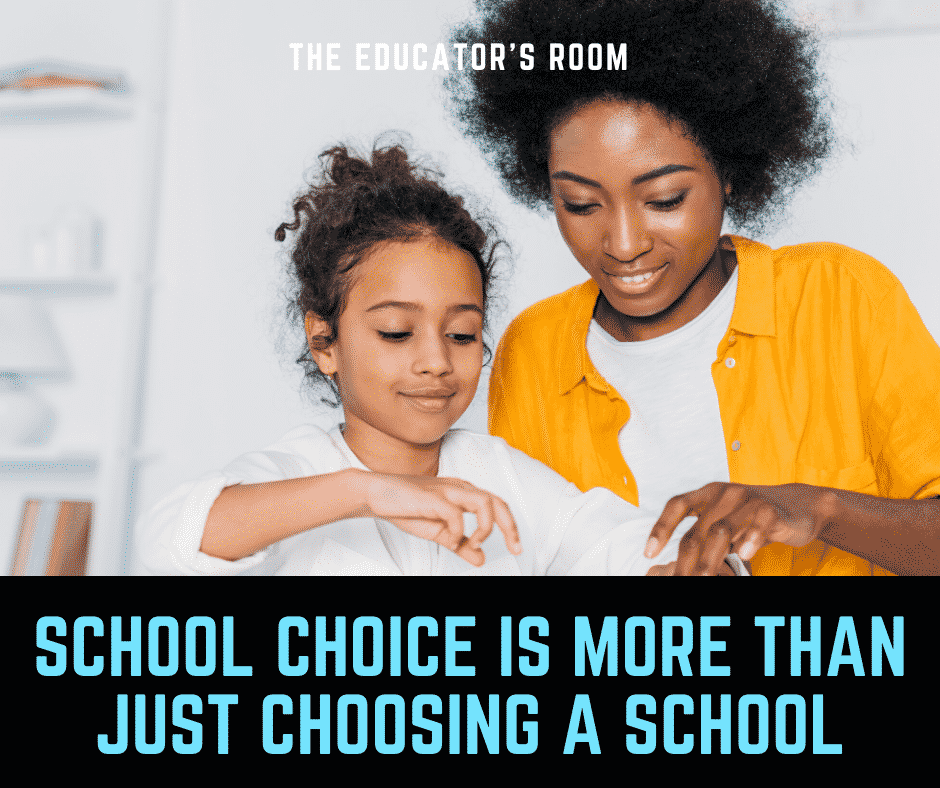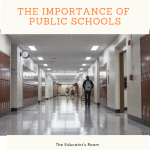Meran Khon holds a Bachelor of Arts degree from Spring Arbor University and a Master of Education in Middle-Level Education degree from Walden University. She taught seventh-grade language arts and a third-grade self-contained classroom before reinventing the library and computer lab into a twenty-first-century Learning Lab/Maker Space, where she currently teaches K-5 students.
By Meran Khon
When asked about school choice, most parents and educators, especially in my home state of Michigan, have very strong political, financial, or philosophical opinions about the issue. However, I choose a different approach when discussing school choice, because the issue is much more personal. I teach in one district, my husband teaches in another, and we live in a city outside of both. When we bought our house and had children, one of the first decisions to make as a parent was, “Where will our kids attend school?” My family benefits greatly from the ability to choose which district best fits our needs collectively, not just individually.
All three of my children came to work with me as babies, attending daycare in my building. It was a fabulous benefit to have them nearby and spending their “school days” with loving, engaged caretakers. Preschool and Kindergarten were seamless transitions, as my kids were comfortable with the school atmosphere, familiar with the building and adults, and already had friends on the first day, alleviating many of their social and emotional concerns (and mine as well!). As they progressed through elementary school and beyond, the question of whether their current school was the best fit was one we tossed around.
For several years, my son did leave this district and attended middle schools in both my husband’s district as well as the one in which we reside. We saw the many unique characteristics of each school and the pros and cons of each: how opportunities, environment, culture, and mindset can vary so widely among schools in a close geographic area. Ultimately, he returned for his freshman year back where he started. Many families also choose to bring their children here from other districts, which allows for greater diversity within our student body. Without school choice, families couldn’t investigate and analyze (on a variety of levels) where the best fit would be for their children.
So many students spend time separated and disconnected from their families: with jobs, activities, and various commitments, it can be hard to make it all work and remain a cohesive family unit. For my kids, attending the same district in which I teach has offered many positives. The largest benefit, simply stated, is practicality: ease of transportation for school events, scheduling convenience (we’re all on the same schedule for half-days, vacations, etc.) and being nearby in case of any issue that arises. My children are woven into the school fabric: they spend many after-school hours and summer days in my classroom, sometimes with their friends, many of whom I’ve also built relationships with as a former teacher. My husband and I are more involved in our district with the unique viewpoint of parent educators. We don’t feel left out of the loop as an “outsider” when we’re trying to connect with parents, teachers, and administrators. I have an in-depth, personal knowledge of my district and a connection with the educators who are teaching my children, both as people and professionals. When I advocate for both my own children and others, I DO know what I’m talking about and my experience and insight as an educator is respected and taken seriously. I can also act as a resource for parents who need the connection and advice of a teacher, as navigating the ins and outs of a school and all its nuances can be daunting.
When looking at which school to choose, it isn’t always about the newest facilities, what classes are available, what clubs/sports are offered, etc. We are a small rural district and can’t always promise the high-tech, advanced choices, and opportunities of larger schools. Those things are wonderful and we strive to continually improve, but I choose to focus on the unique features that make this school the right choice for my family. My children have had the same friends since they were babies in daycare and have made many lifelong memories. In fact, in a recent survey sent to parents, the community was listed as one of the greatest strengths of our district. Without this connection, I feel something greater than academic advantages or athletic achievements would be missing from my children’s lives. It truly takes a village to help raise your child and that’s what school choice has brought to our family.
When considering school choice, a family cannot assume they can make a sound decision on where a child should attend based on other parental opinions, social media posts, or hearsay. However, comparisons between districts are inevitable; in some cases, they are vital to the progression and innovation of a school – a “healthy competition”, if you will. When districts excel, it raises the educational bar for others, ideally inspiring and initiating change. More families need to be involved in a variety of ways to ensure that not only is their district the right choice for their child, it’s also the best that it can be for everyone.





